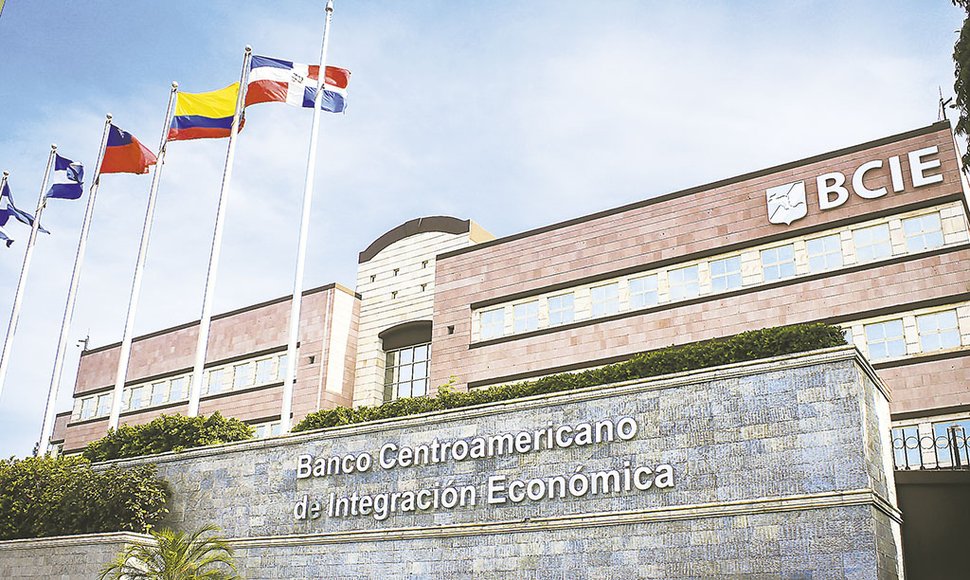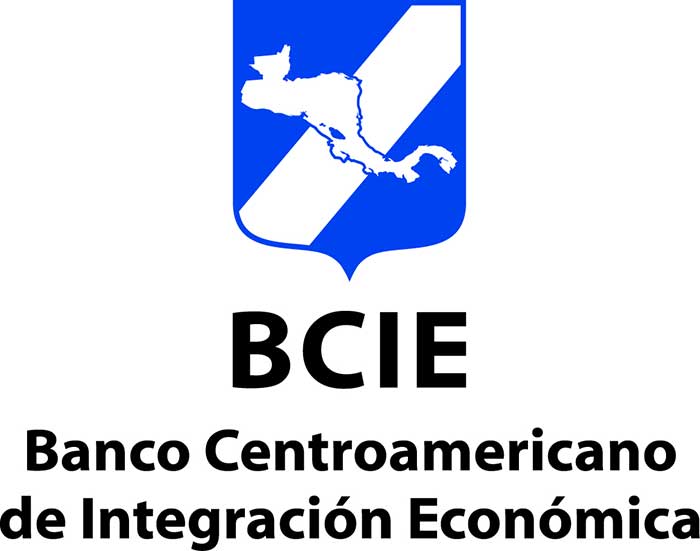
Cuba joins regional multilateral bank for development
HAVANA — On April 27, 2017, a great many media outlets reported Cuba’s entry into the Central-American Bank for Economic Integration (BCIE). The final approval was announced during the 57th meeting of the bank’s Board of Governors, held in Guatemala City.
The BCIE’s executive chairman stated that Cuba’s incorporation as an additional partner agrees with the political will of the member states to strengthen economic relations and Caribbean integration. The geographic diversification of the bank’s portfolio is seen as a positive step by the international credit-rating agencies.
Cuba joins an organization of this type for the first time since it joined the Council for Mutual Economic Assistance (COMECON) in 1972. That was a long time ago — 45 years.
What is the BCIE?
The BCIE was founded in 1960 as the financial arm of the Central American Integration System (SICA), one of the continent’s most successful regional mechanisms for integration.
According to its Constitutional Agreement, its primary objective is to promote economic integration and a balanced social and economic development in the Central American region. It includes the founding countries and the non-founding regional partners.
At present, the bank has three kinds of associates: founding members (El Salvador, Guatemala, Honduras, Nicaragua and Costa Rica), non-founding regional members (Dominican Republic, Panama and Belize) and extra-regional members (Taiwan, Mexico, Argentina, Colombia and Spain.) Cuba would fall into the last category.
While in size the BCIE is relatively modest when compared with other institutions of its type, its contribution to the development of the member countries is significant. Some figures illustrate this. Since its foundation, the BCIE has channeled some $24 billion to its members; 57 percent of that amount arrived in the 10 years prior to 2015.
In Central America, the BCIE is the multilateral bank with the greatest presence, contributing about 50 percent of the resources that have arrived in the region by that means. Its contributions exceed those of the Inter-American Bank (BID) and the World Bank (BM).
According to various sources, in terms of the projects financed on a worldwide scale between 2008 and 2015, the development banks contributed little more than 20 percent of the total disbursements. Nevertheless, the importance of these institutions is often greater for a variety of reasons.
In the first place, most of the projects of major size consider contributions from various public and private institutions, so the participation of such institutions are part of a greater scheme that wouldn’t work in their absence.
In second place, because of their structure and states, as well as the composition of their capital, multilateral banks in most cases earn very good risk ratings, considerably superior to those of other private institutions and those of the member countries. This enables better leverage and reduction of the cost of financing.
In the case of BCIE, the current rating issued by Moody’s is A1, while the average for member countries is Ba3. This indicates good management and a net benefit for those countries.
Why is it important for Cuba?
Recurring problems with the balance of payments and the poor and costly access to external financing have been described as two of the most important obstacles that Cuba faces in its quest for development.
One aspect distinguishes Cuba’s situation on the international stage: Cuba is one of the few countries that receives almost no financing from multilateral banks for development. Basically, this is because Cuba is not a member of any of those institutions, with the possible exception of the Investment Bank, which in any case has not played an outstanding role in that sense.
Incorporation into the BCIE has enormous importance for Cuba, both in symbolic and practical terms. Applying for membership is a government’s sovereign decision and implies a previous evaluation of the cost-benefit relationship.
The fact the application was made at this time denotes an evolution in the concepts that traditionally have dominated the debate in Cuba over this issue. And it sends a very positive signal to the country’s partners abroad.
The message is very clear. The Cuban government is committed to an agenda of economic reforms; it requires fresh resources to guide it into safe haven; it needs to diversity its sources of foreign financing, and understands and accepts the rules and commitments derived from this association.
Although the governance of multilateral banks varies according to the institution, all share common aspects derived from their purposes and the rules that govern international financial markets. This would facilitate Cuba’s future incorporation into other banks of that type.
Likewise, this event constitutes another major diplomatic success. The fact that all the member countries supported Cuba’s incorporation reinforces regional cooperation and Latin America’s support for the Cuban process, beyond political affinities.
It is a great symbol of how much things have changed in the past decade. From being the part of the continent that was most hostile toward Cuba for various reasons, the region that delayed the longest in restoring diplomatic relations, Central America becomes the first group of nations that welcomes the island to a mechanism of this nature.
Cuba has engaged in an ambitious agenda of development aimed at 2030. One of its weakest aspects is the matter of financing, particularly foreign financing.
Analyses done by diverse groups and institutions on the island indicate that, in any foreseeable scenario, foreign savings will have a central role in meeting the goals of growth, structural transformation and rise in the quality of life of the Cuban population.
In that sense, the profile of the resources provided by the BCIE lines up well with the priorities established at home in at least two important dimensions. In the first place, according to the memoirs of the bank itself, 79 percent of the loans portfolio corresponds to the public sector. This is a strength in the BCIE’s work with Cuba, where this sector is broadly dominant in the economic and social environments.
On the other hand, in connection with the destination of the funds, we learn that more than 50 percent is assigned to the productive infrastructure and energy, two activities of great relevance where the country shows notable backwardness.
Add to this an additional 29 percent that ends up in social infrastructure, a sector that has traditionally been prioritized by the Cuban government.
An additional benefit — very valuable in the current circumstances — is the possibility to gain access to technical cooperation in functional aspects of the Cuban reform, and the probable triangulation of the cooperation to include other institutions that are interested in taking part in Cuba’s economic transformation.
Unquestionably, this is a major first step in the right direction and it will have to be accompanied by many others.


